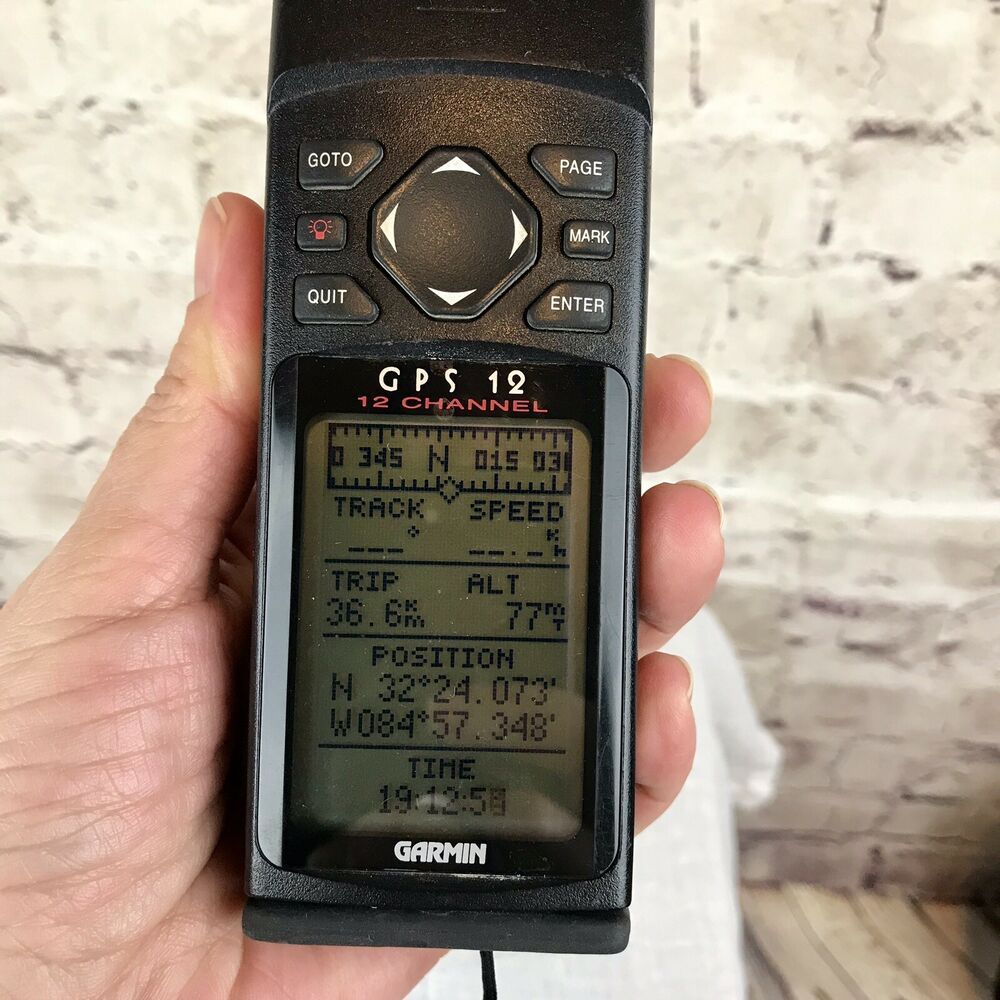Hi!
I’m flattered to know that you’re interested in my personal journey. Here, you’ve got two options: 1) continue reading for a short version, or 2) skip ahead for a longer version.
I have over 30 years of experience in developing software products and businesses. During this time, I’ve worked with various paradigms, tech stacks, and business structures. I’ve experienced numerous technological trends and declines. My strengths lie in building and leading teams and organizations, and I’m always eager to learn new things.
At heart, I’m a software engineer and currently serve as the CTO at Volt.
Long version
My passion for computers began in primary school with the C64. Later, as a proud owner of a hard-earned Amiga 500, I made my first real money by releasing a game.This experience set my career path, as I have always aimed to build software that could be useful for others.
Like many from my generation, I pursued electronics engineering, as it was closely related to both hardware and software. My entrepreneurial spirit led me to create a black-box-like device for cargo cars, which, unfortunately, turned out to be a business failure. From this experience, I learned a valuable lesson: hardware is hard, software is easy. Consequently, I developed a dedicated client for Garmin GPS for Windows. The app, which I created in a few months using the newly discovered Delphi, turned out to be a reasonable commercial success.
By the way, back then, GPS was not just a feature on your phone, but a real, sizable device that took tens of minutes to assess your position.

Around that time, I discovered the internet and everything changed. I followed a typical path of the early 2000s, starting as a webmaster (does this occupation still exist?), then a developer, and finally an entrepreneur. My first real business with an investor focused on building custom e-commerce platforms and CMS (although the term didn’t exist back then).
That was also the first time I experienced the tech hype phenomenon, which in those days had three letters: XML. We all believed the future was prescribed with XML tags and injected it into everything. The lesson I learned then: there is no limit to the number of stupid decisions based on tech hype. My strongest memory is about a project where XML was chosen instead of an RDBMS to analyze highly relational and heavy flow data.
After the XML wave collapsed (thank God), I witnessed, for the first time, a dead calm in the tech world. Sure, tech companies flooded the market with “new things,” but most were incremental changes or over-engineered solutions from the past. To this day, I remember working as a J2EE developer and having to wait 90 minutes for my top-of-the-class application server on a beefy machine to restart to present the results of my code changes.
Luckily, open source slowly started to win hearts and minds, and then the Web 2.0 hype hit. Oh boy, I was ready for that wave. Already impressed by the famous tutorial by DHH, I knew that Rails was gold. I quickly started building an online app that turned out to be one of the first online survey platforms in Poland - webankieta.pl. The speed and productivity of a single developer in Rails remain unrivaled to this day. I can totally endorse the claim of the one-person framework used to describe Rails.
After growing the business for a few years, I decided to sell it. Crazy as it sounds, within a month of making the decision, the transaction was done, and I was ready for a new gold rush: mobile.
With two friends I met during the Web 2.0 hype cycle, we started what I believe was the first software studio in Poland focused solely on the Apple ecosystem. We began with macOS (then called OSX) and later added iPhoneOS (now called iOS). Stories from our meetings with potential seed investors of those days are still hilarious (I’m happy to share them in person over drinks). In the end, we closed the round and launched Macoscope. As founders, we went through the whole startup journey of happiness, drive, hope, and despair. We released multiple products and apps, from invoicing software to an iPad publishing platform, games, and social networks. Ultimately, the economics of app stores prevailed over our dreams, and it was time to move forward. However, to this day, I am proud of the incredible culture and team of engineers and designers we managed to build. Kudos to all of you guys!
The next change in my career was to a role now slowly being named a design engineer—essentially a person at the intersection of design and engineering. In this role, I created multiple interesting HCI prototypes and proof of concepts for my clients. Eventually, this led me to the fintech space, where my long-standing dream of building a unique mobile experience around money had its chance in the form of ZEN.com. I joined the team in its incubation phase and had the pleasure of co-creating the brand and its unique experience.
Shortly after, we all landed in lockdown, and I spent this time experimenting with a few ideas of my own.
When we got our freedom back, I decided to return to building ventures and joined Volt with a single mission: to build the best possible engineering culture.
I am on this mission to this day.
PS: If my (admittedly long) story sounds interesting to you, or if you think I can be of any help, please do not hesitate to contact me. Simply email me using my name and this domain. I am more than happy to chat.